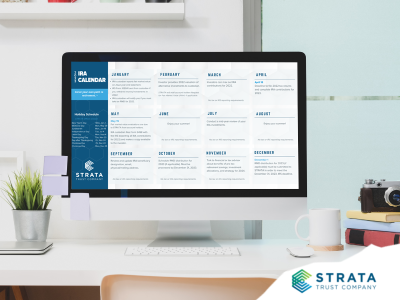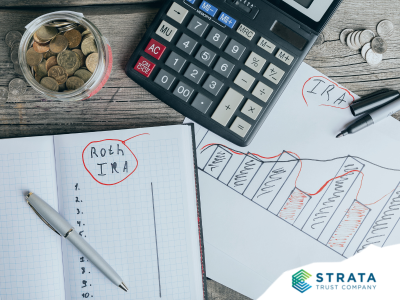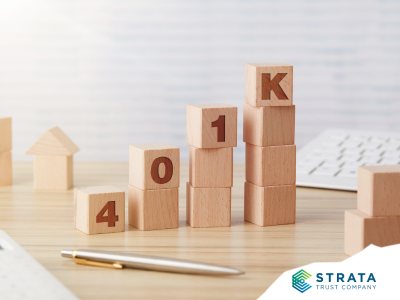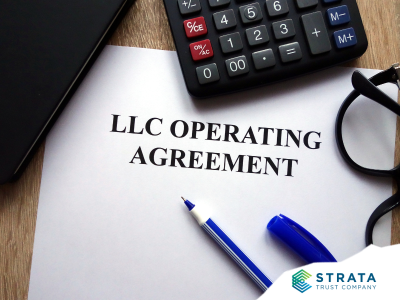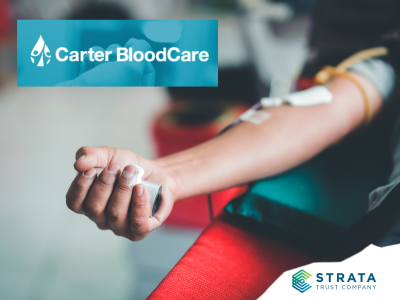Investors have long pursued real estate investments for accumulating and growing wealth. This investment option is often used to diversify a portfolio from securities and other investments tied to the stock market. Depending on the type of real estate investment made, it can also provide the opportunity to diversify the way your investment grows – through rental income, quick flips, and long-term appreciation, for example. And you can invest in various aspects of the real estate market from raw or improved land, single or multiple-family residences, commercial property, and lending. If you’re looking to enter the real estate investment market, but don’t have the cash or leverage capacity you need, consider using your self-directed IRA (SDIRA) assets.
Real Estate Investment Options
In addition to the diverse types of real estate investments available, an SDIRA owner has several options for how to purchase the investment.
 Direct Ownership
Direct Ownership
Purchasing 100% interest in a property with cash from your SDIRA is the simplest way to invest in real estate. You will want to make sure your IRA has enough cash or liquidity to pay the purchase price, closing fees, taxes, insurance, and other expenses of the transaction. Even though you feel like you own the real estate, it is technically owned by the SDIRA. Tax laws require that the title to the property must be held in the name of the IRA custodian for the benefit of the IRA. The IRA custodian must act on behalf of the SDIRA, at your direction, to execute contracts and transfer funds. The SDIRA must pay for all expenses incurred by the investment.
If you need additional funds to purchase the investment property, you cannot use IRAs as collateral for a loan, but your SDIRA may be able to take a non-recourse loan. With this type of loan, the only collateral allowed is the real estate itself. The lender’s only remedy in case of a loan default is to foreclose on the property. The lender cannot pursue the SDIRA assets or your personal assets. Because of these rules, lenders may require a larger down payment or higher interest rate than other types of real estate loans.
 Partial Direct Ownership
Partial Direct Ownership
If you don’t want to tie up all your IRA assets in one investment and you don’t want to take out a non-recourse loan, some property sellers may allow you to purchase a partial interest in the property – or you can choose to partner with another IRA, an individual, or a business to purchase the property jointly. Each party to the arrangement would benefit in proportion to the percentage of ownership purchased and be responsible for the same percentage of expenses. Be careful with whom you partner though: prohibited transaction rules restrict your IRA from partnering with family members and other “disqualified persons,” except in limited circumstances, such as the initial purchase of the property. In other words, if your father already owns the property, you cannot use your SDIRA to purchase the property or a portion of it from your father. See IRC 4975 for a comprehensive list of disqualified persons and prohibited transactions.
 Indirect Investment in Real Estate
Indirect Investment in Real Estate
You may also use your SDIRA to invest indirectly in real estate by investing in another entity that holds title to real estate. This approach allows you to pool your investment with others to invest on a larger scale, and neither you nor the IRA is directly involved with managing the properties or paying expenses. For example, your IRA may purchase shares in a Limited Liability Company (LLC) that invests in real estate. As a member of the LLC, your SDIRA is protected from legal and financial liability incurred by the LLC. Rental income or profits from the LLC’s real estate investments flow through the LLC to be taxed at the member level. This means that your SDIRA’s share of the income or profit will not be taxed until you take a distribution from your IRA (or will be tax-free with a Roth IRA).
Another way to access the real estate market indirectly with IRA assets is to purchase shares in a Real Estate Investment Trust (REIT). A REIT is a corporation or trust that uses the assets of multiple investors to purchase and manage real estate assets or mortgages. A REIT may be private or publicly traded, including as a mutual fund. REITs must pay dividends of rental income and capital gains to shareholders. The dividends paid to the SDIRA will be tax-deferred until you take a distribution from the IRA (or tax-free with a Roth IRA).
Investing in trust deeds or mortgage notes is another way to participate in the real estate market. With this type of investment, your SDIRA acts as the lender, helping others to purchase real estate. Your SDIRA will receive the principal and interest payments on the loan. So, your return on investment is pre-set, and your SDIRA recoups its principal investment on a gradual but set schedule, so you can continue to re-invest.
Considerations
There are many ways to invest your SDIRA in real estate and many ways to diversify your investments and returns, but there are also some considerations to be aware of when investing with IRA assets. The prohibited transaction rules, for example, restrict you and “disqualified persons” from using real estate owned by your IRA or providing services to it, like making repairs or managing the real estate. Also, certain tax benefits associated with real estate ownership, like tax deductions for depreciation and mortgage interest and capital gains tax rates, are not available when real estate is owned by an IRA. You may want to seek tax and/or legal advice on these and other considerations when investing SDIRA assets in real estate.
For more information on investing in real estate with your STRATA IRA, contact our self-directed IRA experts. You can also learn more about investing timelines and onboarding real estate investment through STRATA’s Investment Onboarding page.



